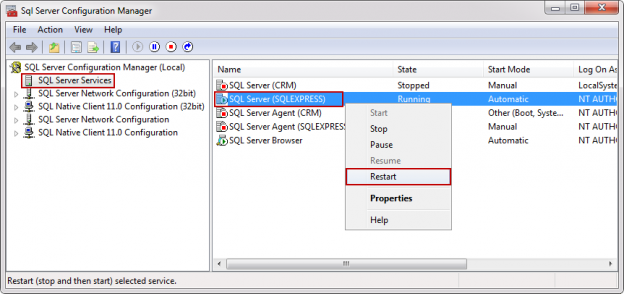Introduction
Database backups are important and always something you should have in any environment. Outside of needing them to restore a given database they have some information that can be useful in certain situations. One situation I found them convenient is with consolidation projects. If the databases are online you can obviously go to the source SQL Server instance to gather that information, but as a consultant I don’t necessarily have access to every environment. You may have the same issue if you are being brought into a project and your customer or department manager just wants you to advise on how you would setup the server. One easy request is to have them point you where the backups are stored and ensure you have access to the files.
Read more »













